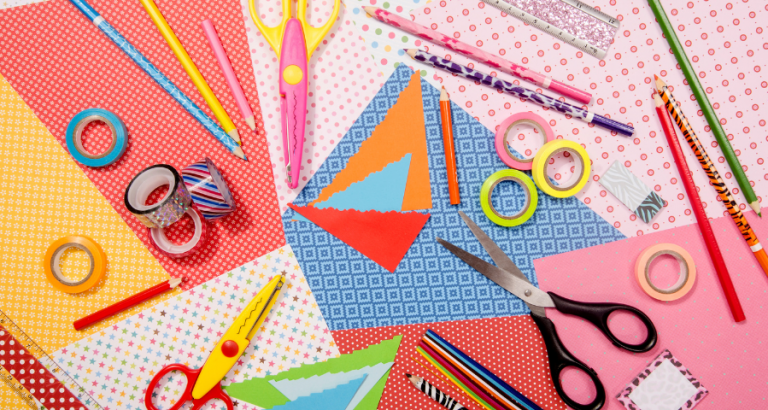When it comes to art and decoration we want the perfect pieces for our walls — whether we do them ourselves or buy from professionals like www.neonfilter.com.
Of course, making your own art and DIY crafts can achieve pleasing results. There are many types of crafts that are popular in all different parts of the world which you could make excellent wall hangings from. This article will explore 3 cultural art forms that can transcend distances and potentially become decorations around your home.
Mexican Folk Art: Amate Paintings
To create this kind of art, children will smooth out a brown paper bag, use a black marker pen to draw animals, birds, or flowers, and then paint inside in bright colors. White paint can be used to accent their creations. These amate paintings will typically not have any background colors and will be painted only within their black lines. So, that is all there is to it. Your children can paint some original artwork that can then end up on your walls at home and save on other decorations that might be required. They are fun to paint and children will be pleased they have helped you with your Art. You will be pleased that they have improved their artistic skills and been doing something that is both educational and what they have enjoyed.
Ghana: Adinkra Fabric Painting
Adinkra can be defined as a traditional cloth made by the Ashanti people in Ghana that is printed or stamped. It is made particularly in the village of Ntonso. Since the 1800s, these symbols have been used on clothing, pottery, and walls. These symbols all have a special meaning and a history to them that children will love to find out. You can form an art class to produce these and then display them as a home interior.
To talk more about the adinkra symbols, they have meanings based on universal human values, such as family, determination, integrity, harmony, and tolerance. The names of them derive from the language of the Ashante people.
To make adinkra cloths, calabash gourds need to be carved and mounted on sticks. The dye is made by boiling the bark of the Kuntunki Tree along with iron slag. This will form a paste known as adrinka aduru. Then, you dip the symbols block in paste ink to stamp it onto the cloth to form linear designs.
Henna Hands
Apart from decorating hands, this form of art can make good wall art. It is a simple craft that children can also do. It is a traditional art that has associations with India, the Middle East, and Africa. In the Middle East, Pakistan in particular. In Africa, countries such as Morocco, Mauritania, Libya, Sudan, and Somalia. Henna has been practiced for hundreds of years and you can use it to decorate your walls today, as it is still painted on hands and feet. The art of painting henna onto the body, known as Mehndi, is by tradition linked to weddings, Hindu celebrations such as Diwali, and Muslim festivals.
Traditionally, Henna dye is made from the dried leaves of the henna plant, which are crushed into a paste. When applied to the skin and allowed to soak in it leaves a wonderful decoration behind that will last until it fades within 1 to 2 weeks. Circular flowers resemble mandala, acacia leaves suggest long life, orange blossoms represent chastity, purity, and generosity, and paisley is a symbol of abundance. The moon/sun symbol will demonstrate a deep love between couples.
In terms of creating artwork, it is a case of reproducing the above symbols and recurring themes. Again, it is something that children will enjoy doing and your home will display it well.
So, never be short of DIY/art ideas for your home interiors. Turn to crafts from around the world to brighten them up. It will provide your children with a wonderful and educational activity to enjoy and provide your home with a new and exotic look.

